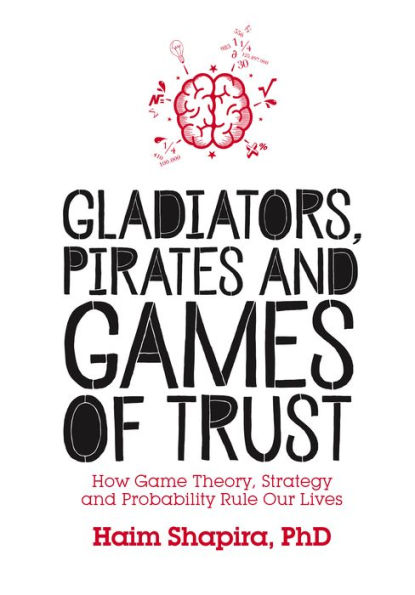5
1

Gladiators, Pirates and Games of Trust: How Game Theory, Strategy and Probability Rule Our Lives
176
Gladiators, Pirates and Games of Trust: How Game Theory, Strategy and Probability Rule Our Lives
176Related collections and offers
11.99
In Stock

Product Details
| ISBN-13: | 9781786780645 |
|---|---|
| Publisher: | Watkins Media |
| Publication date: | 02/14/2017 |
| Sold by: | Penguin Random House Publisher Services |
| Format: | eBook |
| Pages: | 176 |
| File size: | 871 KB |
About the Author
From the B&N Reads Blog
